
Cathy Tsai | 蔡凱西 台北人 / 不專業旅人 / 流浪中的學術人 / 研究旅行史與旅行文化的不良歷史學徒/《後綴》假掰文青誌編輯群 在出門旅行、閱讀,與作古的旅記文本中持續穿越 佛系粉專:https://www.facebook.com/travelhistorystory 合作邀約:misiaa2001@gmail.com
Shuzenji Temple. No Dancers in Izu: Exploring the Historical Stage of the Kamakura Shogunate Tragedy
If you want to come to a historical tour of the Kamakura period, it goes without saying that Kamakura, not far from Tokyo, is the most important highlight. I still remember visiting Tsurugaoka Hachimangu Shrine for the first time, and I also stopped by the tomb of Yuan Yoritomo. It was more than ten years ago in the blink of an eye.
At the beginning of 2019, from Yamanashi to Shizuoka, in Fujiyoshida and Fujinomiya, the two cities at the foot of Mount Fuji, you can enjoy the two faces of Fuji on the outside and inside. In addition to the inside and outside of Mount Fuji, the temperature difference between the two places also made me particularly impressed. I left Fujiyoshida, which was no more than ten degrees, and arrived at Fujinomiya City, where the headquarters of the Fuji Hongu Sengen Taisha Shrine is located. So hot!
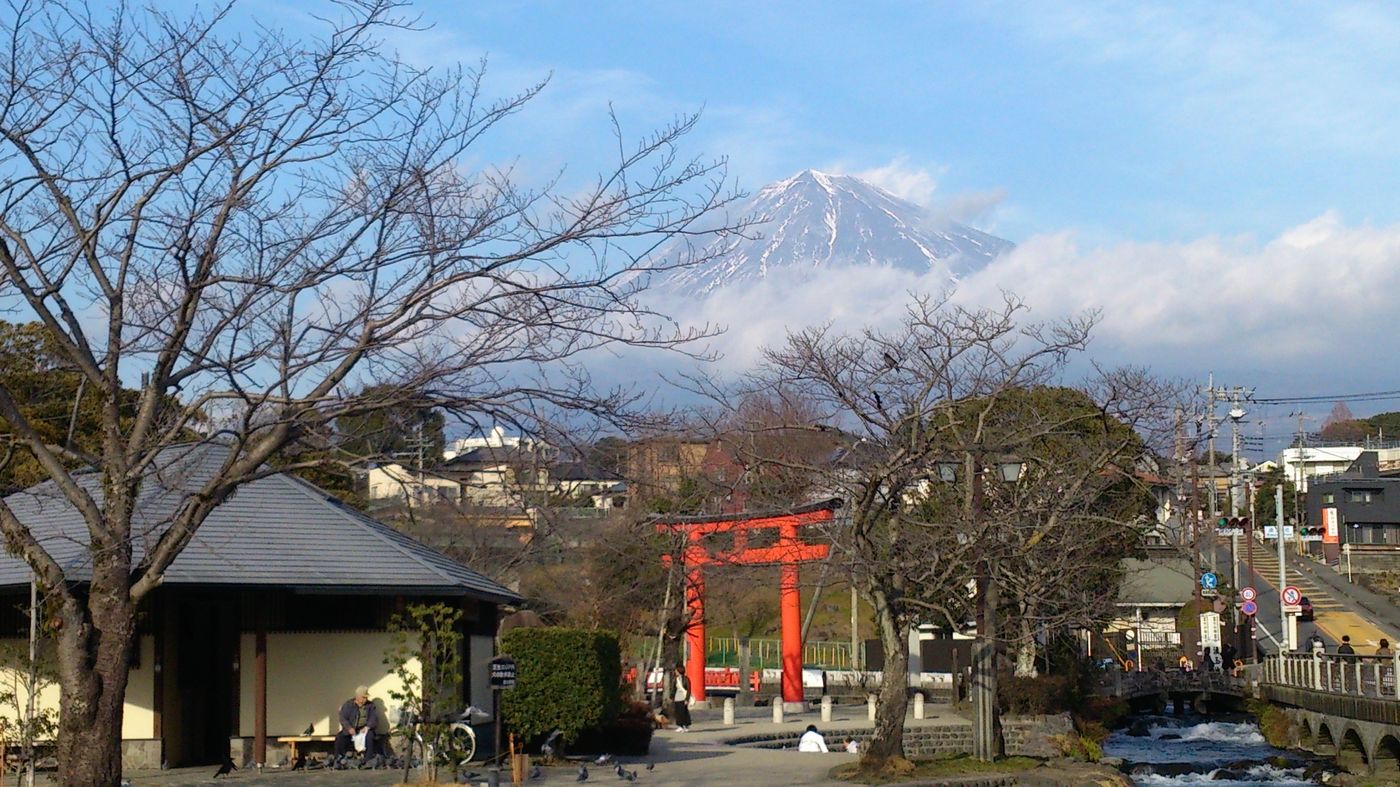
After hiding from the sun for nearly an afternoon at the hotel, I was willing to walk to the おnomiya Yokocho shopping street in front of the Sengen Taisha Shrine, and ordered a 焼きそば, a famous product of Fujinomiya. The Kanda River, which flows through the Taisha Shrine, is the best place to see Mount Fuji in the distance. Every time you travel, it is customary to intersperse the blanks of the itinerary. What time is it? where to go? what? All in all, the two days and two nights staying in Fujinomiya are like this.
The next day, I rode the train aimlessly, swaying from Fujinomiya to Mishima, then transferred to the Izu-Hakone Railway next to the Tokaido Main Line, and went to Shuzenji just like that.
There should be something you want to see at Shuzenji
Is the Izu dancer in the novel?
Walking out of Shuzenji Station and slowly heading towards the hot spring town, I thought that I would finally have the opportunity to come to the scene in Kawabata Yasunari's novel.
In the Edo period, Shuzenji Onsen was a famous Yujiba, and Ukiyo-e master Utagawa Hiroshige published "Izu. Shuzenji Yujiba" in his "Sixty State Famous Places" published in his later years. From the Huxi Bridge, you can see the Katsura River (also known as Shuzenji River) in the direction of Dokko-no-yu, and its farther landscape. Even if there are more than 100 rooms, the place has undergone the changes of things and stars. Today, both sides of the Katsura River are still partially preserved in Hiroshige's paintings. 's charm.
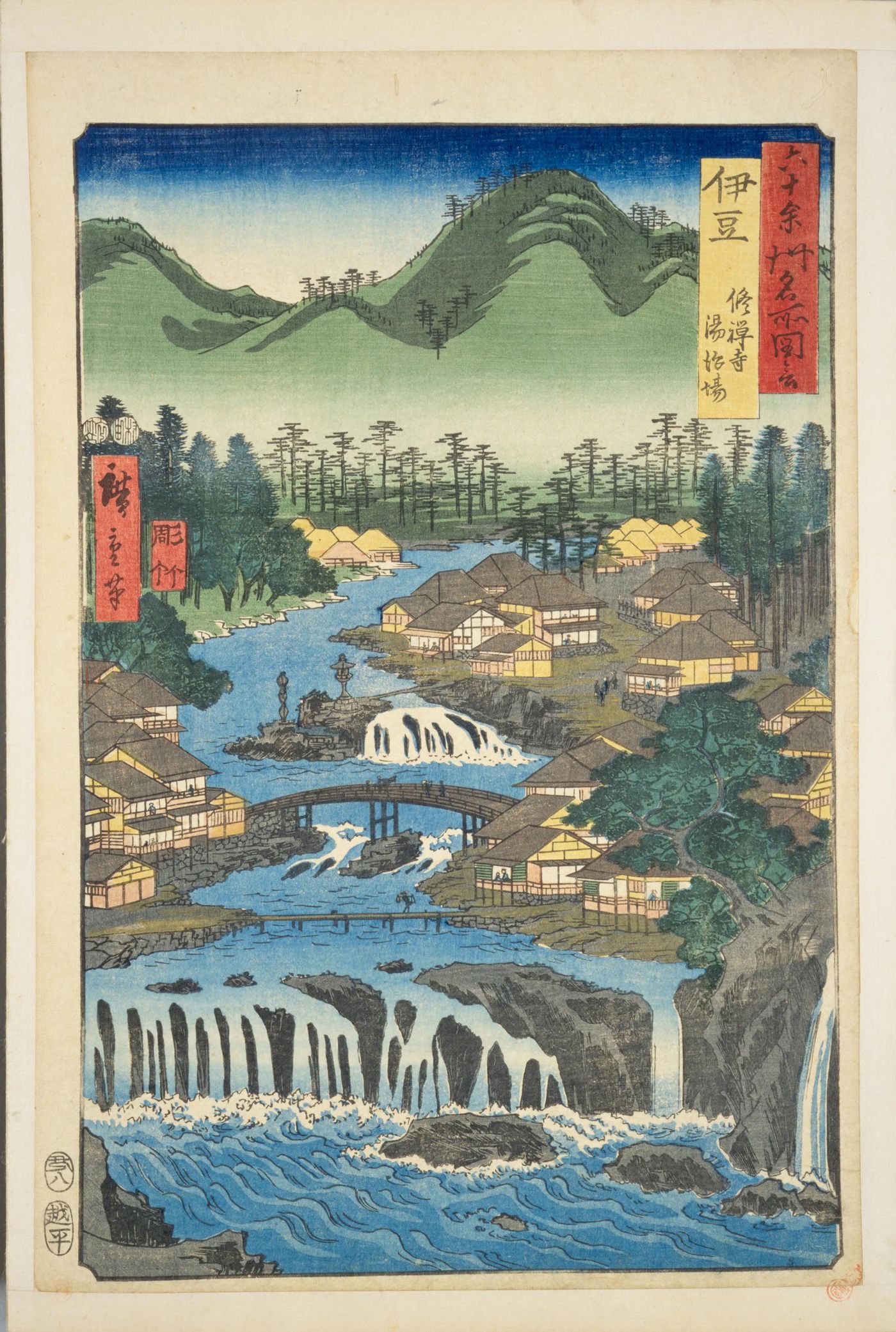
Walking into the Hie Shrine, which is surrounded by private houses on both sides, I unexpectedly saw the old ruins of the Shingong-in Temple, which was once imprisoned here by Yuan Fanlai (the younger brother of Yuan Noichao), as if an electric ball was lit up. correct! In addition to the Yujiba in Hiroshige's paintings, the Izu dancers in Kawabata's novels have been pushed forward in time and space to the Middle Ages. This is the historical stage where a series of tragedies of the Kamakura shogunate were staged.

Shuzenji, founded by Kobo Master Kukai at the beginning of the ninth century, was successively affiliated to the Shingon, Rinzai and Soto sects of Buddhism. It is said that in the middle of Kamakura, it was renamed Shuzenji from "Shuzenji". In the year of our visit, the tourists who came here to pay homage, appreciate flowers, and take a foot bath on the banks of the Gui River were not sparse, but they were far from the pomp and pomp. They strolled in the direction of Guiqiao and beyond. The path between the tea houses is more quiet and clear than the one inside Shuzenji.

Standing on the Katsura Bridge, you can capture the Arai Ryokan, which opened in the early years of the Meiji period. After a hundred years of history and graceful appearance, several modern Japanese nobles come to mind at random. They have all stayed here. In addition, painters, kabuki artists There were also haiku artists who were guests, and many of them left behind works based on Shuzenji Temple.

The 61st NHK drama "The 13 People of Kamakura Hall" is currently being broadcast. The development of the plot is entering the first generation of Kamakura Hall. Yin Yang strategy.
His step-uncle, Gen Fan Lai, was suspected of conspiracy because of his revenge against my brother. He was exiled to Shuzenji to live in seclusion, and soon ushered in his final day. Unable to resist the situation where the situation was stronger than people, he handed over the position of Kamakura Hall and was sent to Shuzenji by the Hojo family to be imprisoned. Later, he was assassinated while taking a bath.
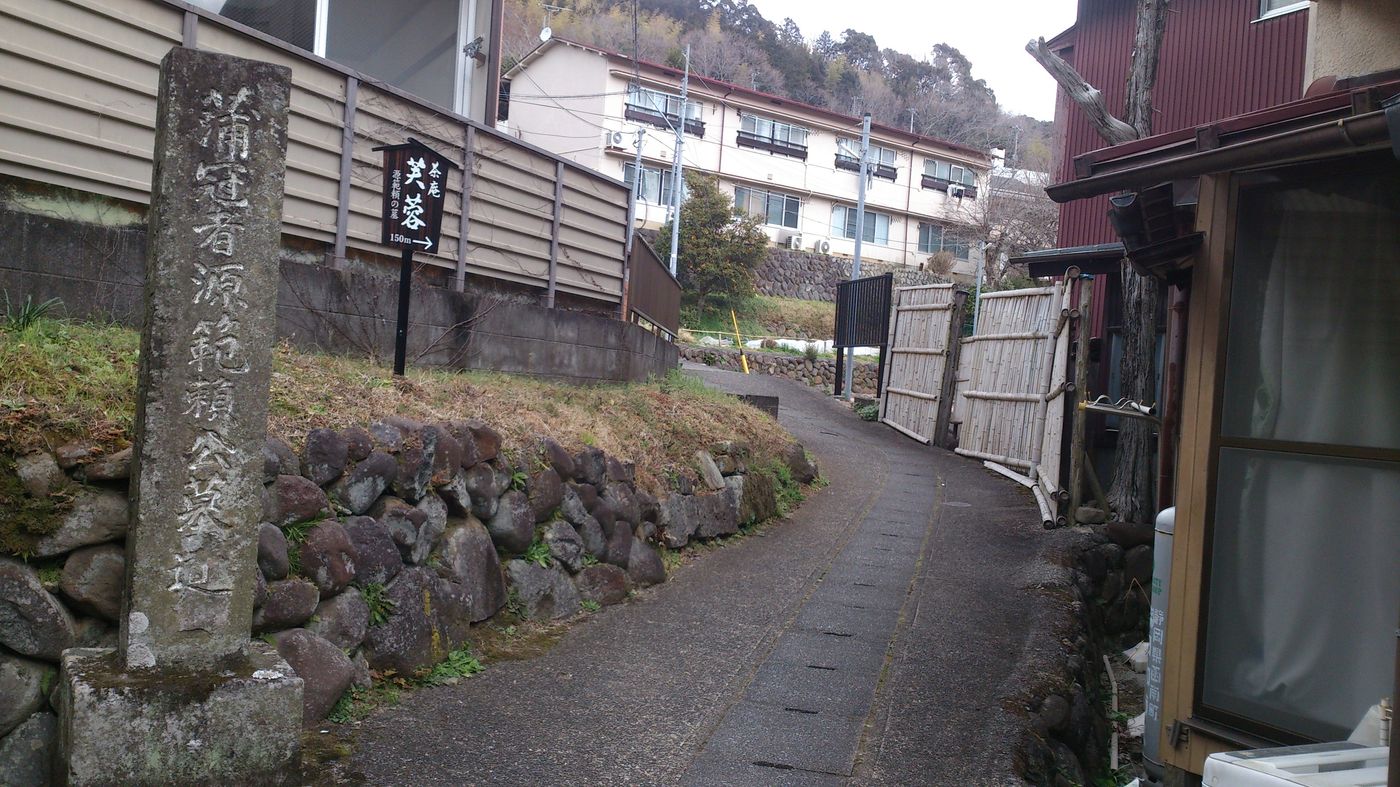
When I came to Xiushan Temple, I didn’t have a pre-set purpose of visiting historical sites, and I didn’t take a guide map. I was walking around the quiet alley between the houses on both sides of the Guichuan River, and I bumped into the stone pillar with the tomb of Yuan Fanlai. Walking along the gently sloping road, Fan Lai's tomb is located next to the Furong Tea Temple, surrounded by pink and white plum blossoms.
Crossing the Huxi Bridge opposite the mountain gate of Shuzenji, and from the Sakadaokou next to the souvenir shop, the directions to the Moon Hall and the Tomb of the Genrai Family are marked.
Shigetsu-den is the oldest existing wooden building in the early Kamakura period in Izu. Masako Hojo, who is known in the world as "Shogun Ni", was a Buddhist temple built for the family of Genyori, the heir apparent, who died in an accident. The statue of Sakyamuni holding a lotus flower in the hall has been preserved since the Kamakura period. Looking from the half-opened temple door, there is a cramped vision of a big Buddha living in a small temple.
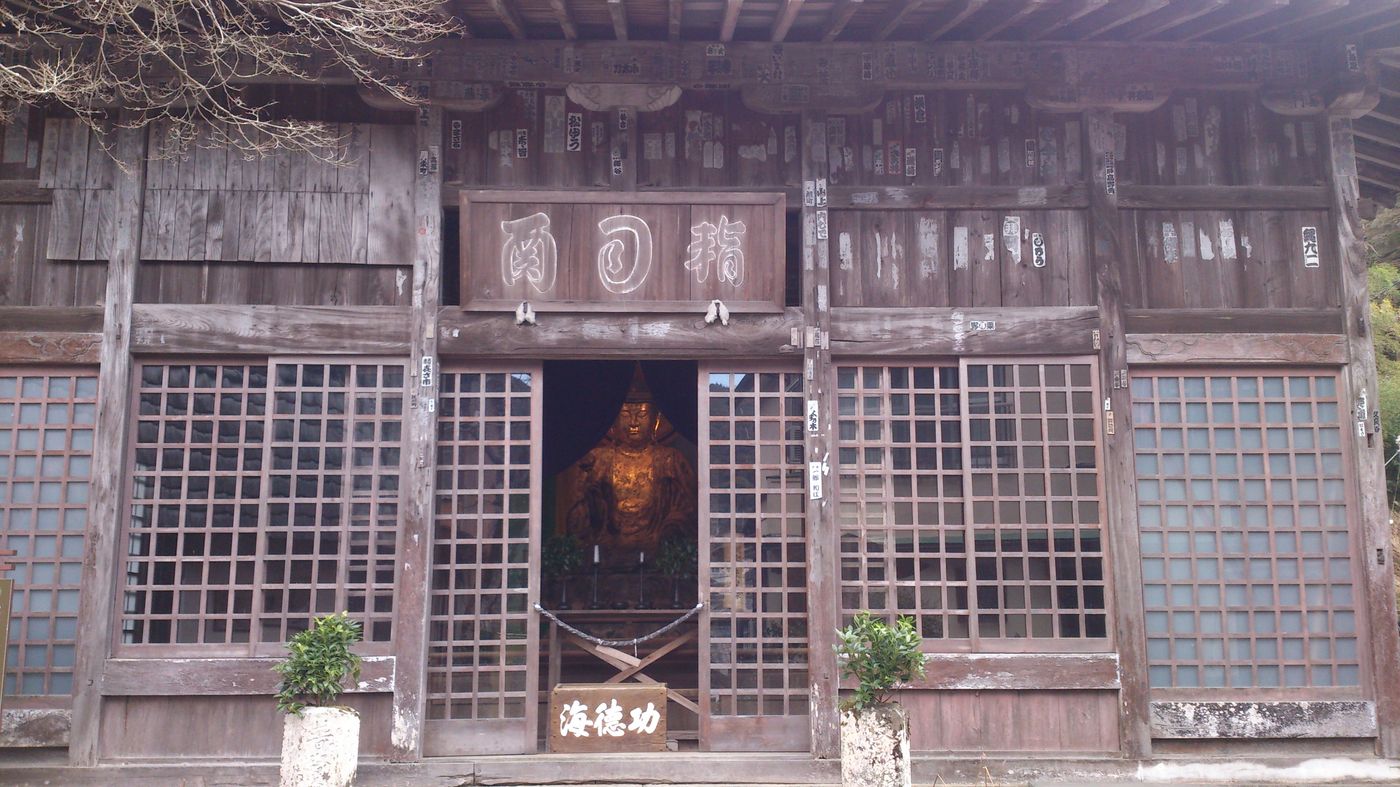
Continue to walk down the path beside Zhiyue Hall, and you will not miss the tomb of the Yuanlai family. Most of the inscriptions and literati sentence tablets erected beside the tomb are mottled and unclear. Not far to the right of the tomb of the Lai family is the "Thirteen Tombs" built by the close retainers of the Lai family. A few days after the death of the Lai family in the assassination, thirteen retainers, who could not accept the reality, attempted to rebel, but were noticed by the shogunate and all were executed. As the loser in the history of Kamakura's shogunate, the thirteen soldiers have no real names in the records.


In 1892, the singer Masaoka Shiki visited Shuzenji Temple and left a short song chanting the tragedy of Genji:
この里にかなしきものの二つあり頼頼頼頼頼頼頼の宮連と
(There are two sad things in this village, namely Yuanlai's family and Yuanfanlai's tomb)

The well-known writer Okamoto Yido, who is famous for his novel "Banqi Catching Objects", published the play "The Story of Shuzenji" in 1911 based on the story of the Lai family, which established his status as a writer. It has been adapted into TV series and movies. In the play "13 people of Kamakura Hall", the grass flute Mitsu who plays the nurse of the source Yoshitomo, Bikini, in the movie version of "Shuzenji Story" in 1955, once played the role of the wife of the Yuanlai family, that is, Wakasa Bureau. Role.
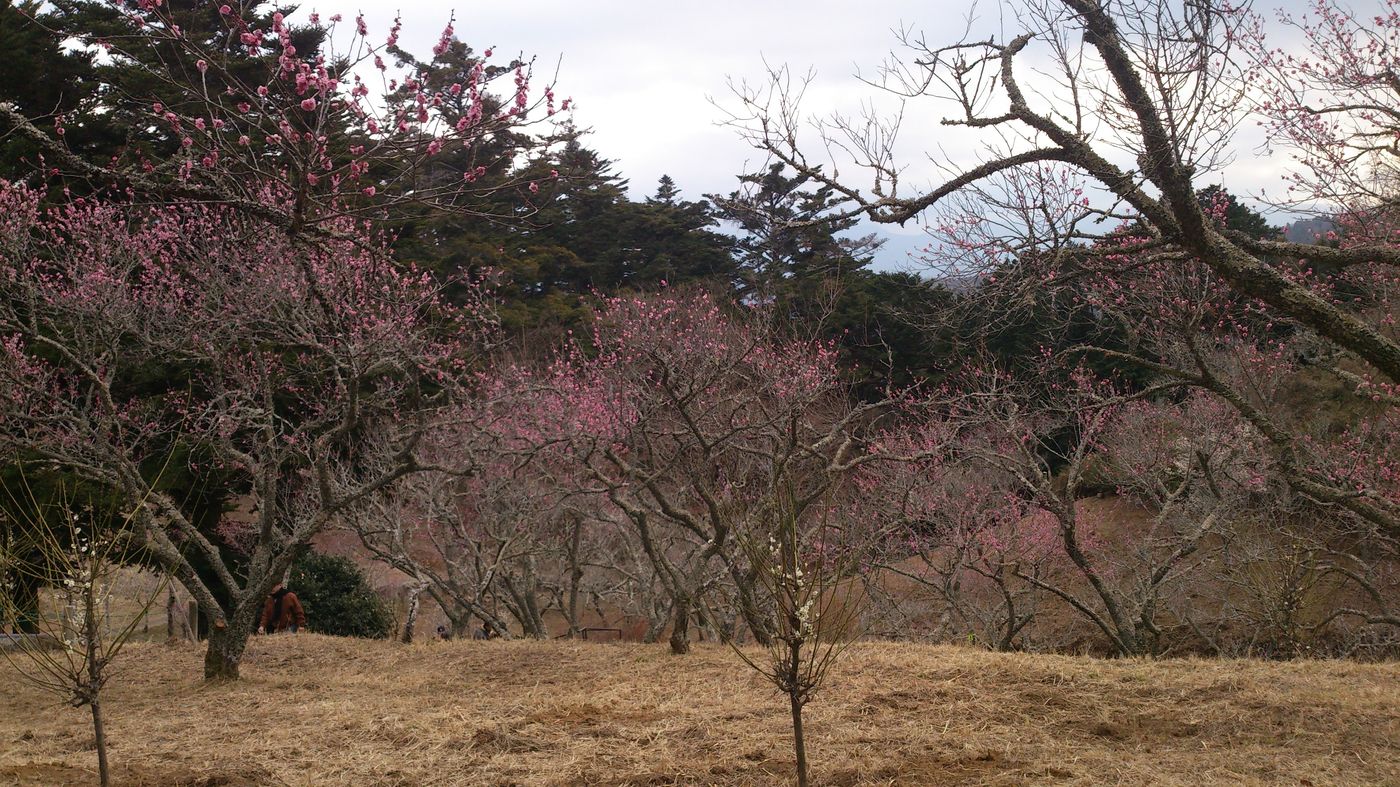
The plum forest of Shuzenji Temple, which is far away from the Shuzenji Temple complex, is the season when the plum blossoms are in full bloom. When I didn't meet the cherry blossom season in Izu Kawazu, I came to Shuzenji unintentionally, and I happened to meet the plum blossoms in full bloom. The uphill road leading to Merlin seems to be a little steep for urban tourists from afar, and groups of tourists drift past from time to time, complaining of tiredness as they climb the slope. However, the reluctance when climbing the slope, once you get to the top of the plum forest and look down on the blooming posture of thousands of red, white and yellow plums, may be a different mood.
On the way up the slope, Merlin happened to meet Gen Yoritomo when he was exiled to Izu, and he accompanied him. Later, he was also one of the members of the thirteen-member collegiate system.

With the current Dahe drama, the ins and outs of the Kamakura shogunate's thirteen-member collegial system have been brought to the screen. The Kamakura historical sites and ancient tombs around Shuzenji have become a pilgrimage place for Dahe drama fans. Nephew, and Anda's resting place is no longer full of lonely atmosphere.
The original trip to Shuzenji Temple, which had no purpose, brought back photos that had been lying in the data box for a long time, which actually gave me the opportunity to ride the ride and popularity of Dahe drama this year, and based on it, I wrote the clues of this travel note.
- Appreciate Citizen 2.0 Subscription Sponsorship: https://liker.land/cathytsai/civic
- A Buddhist fan who doesn't work hard on Facebook: " Those things travel history taught me "
- You'll see me here too:Checkered VOCUS | Medium | hkese.net
- If you want to cooperate, you can come to me here: misiaa2001@gmail.com
- Welcome to my share referral link: MAX Exchange | Noise.cash
Like my work?
Don't forget to support or like, so I know you are with me..
Comment…